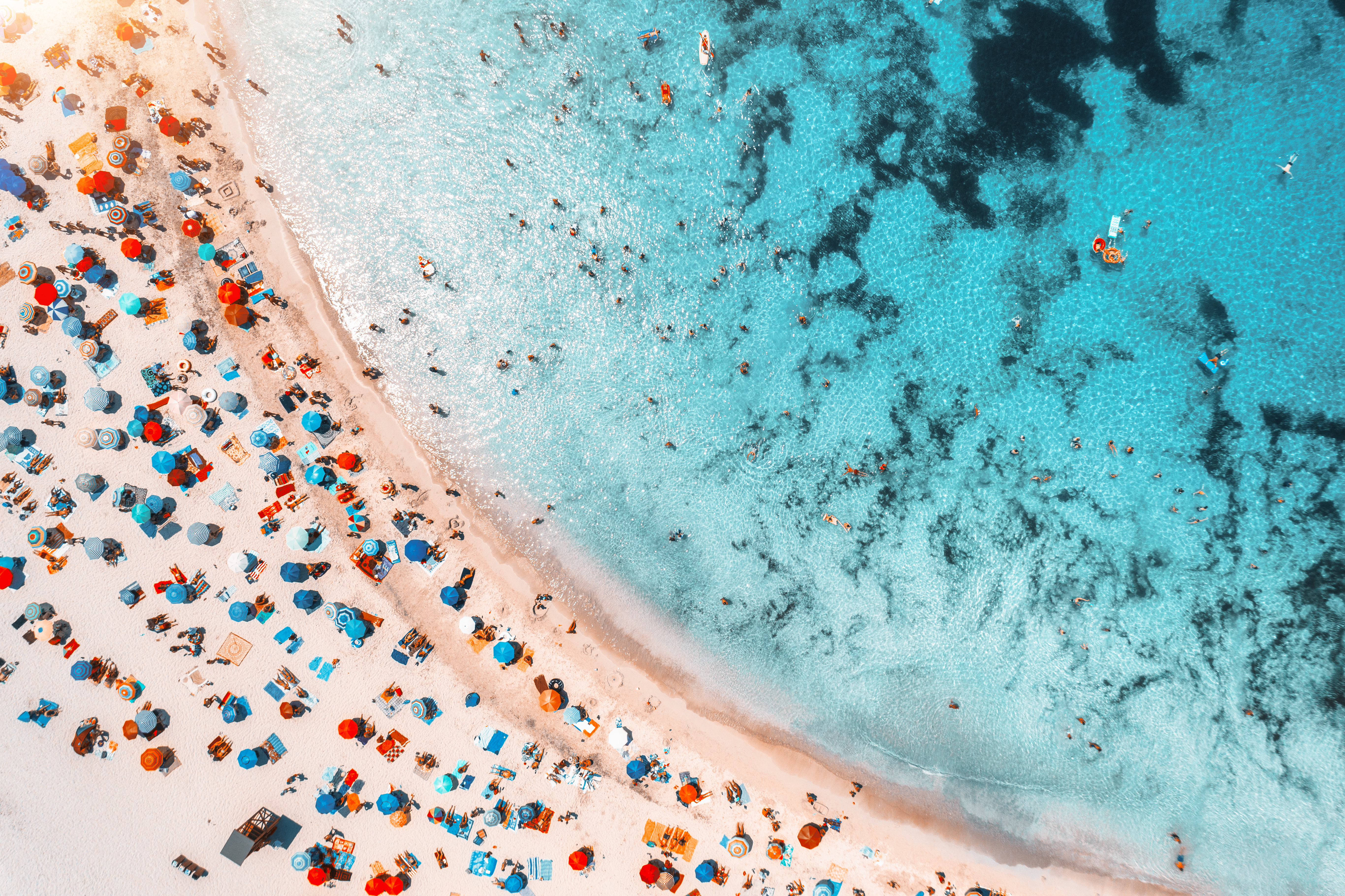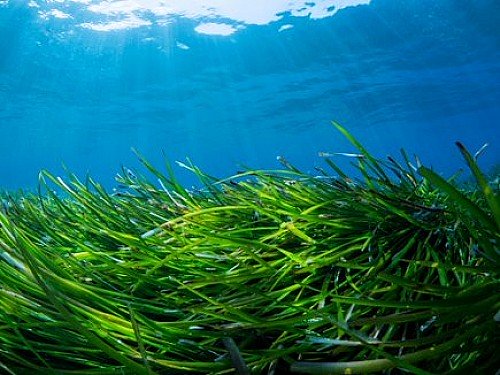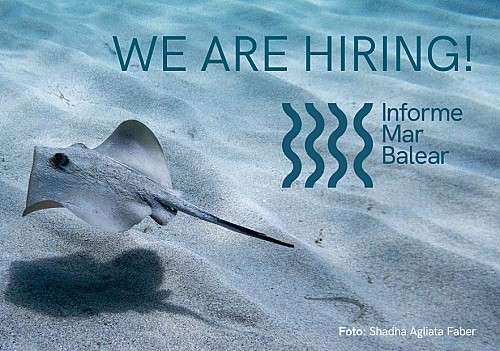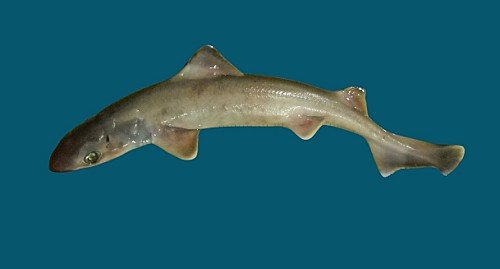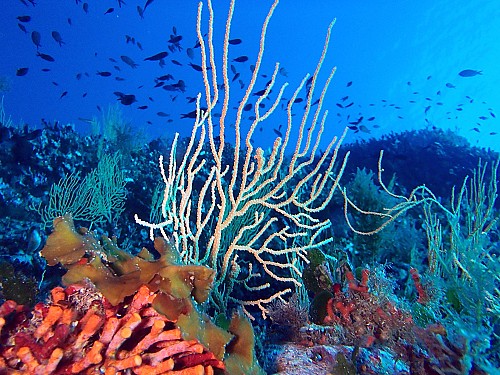Erosion and worsening water quality threaten the islands' beaches.
Twenty per cent of Mallorca and Formentera beaches are in decline, and the excellent quality of the bathing water is decreasing.
The Balearic Sea Report (IMB) 2022 has compiled updated information on the state of the islands' beaches and reached some startling conclusions:
- The user load on beaches – which are very fragile ecosystems - has grown by 35% in the last 20 years.
- Urban beaches (e.g. S'Arenal, Cala Millor, Cala Blanca, Cala en Porter) show increased erosion.
- The quality of bathing water is worsening from a sanitary point of view.
- Continuous monitoring of the ecological evolution of a greater number of beaches is now needed.
- To better manage our beaches information on sediment evolution and carrying capacity should be combined and erosion problems addressed with more economical and sustainable actions in the long term.
These are some of the conclusions of the Beaches chapter of IMB 2022. Beaches form complex, dynamic, and very fragile ecosystems that provide ecological and economic benefits to Balearic society. They help protect the coastline and are one of the islands' main tourist attractions. Construction and a high user load threaten their sedimentary balance. To establish adequate beach management, it is necessary to know their sedimentary evolution and the number of visitors by land and sea, and to have sanitary control of the bathing water.
Urban beaches suffer greater erosion and recover less well from storms.
- Construction on beaches (ports, car parks) and user traffic modify the natural parameters of sedimentation. For example, S'Arenal and Sa Ràpita accumulate sediment in areas close to the port, while the other areas show erosion. Es Trenc shows a greater retreat in areas with the highest user traffic.
- Between 2002 and 2012, 20% of Mallorca and Formentera beaches and 10% of those on Menorca and Ibiza showed a retreating shoreline.
- Cala Millor and Cala Deià are regressing, the former because of tourism and recreation renovations, and the latter because of more intense waves.
- Studies of the coastlines of 52 beaches in Menorca show a greater regression in Cala Blanca, Llevant de Son Saura beach, Cala en Porter, and Sa Caleta and Son Saura beach. The beaches that have made the most progress are Es Canutells, Punta Prima, and Es Grau.
- More updated information on sedimentary studies of beaches is necessary.
In 2021, the quality of bathing water in the Balearic Islands decreased.
- Ibiza has the highest percentage of bathing areas with less-than-excellent bathing water quality.
- The waters of Formentera are of excellent bathing quality, while in Menorca there is one beach (Sa Caleta) below standard.
- In 2021, 47 there were incidences when bathing was advised against and 12 when bathing was prohibited. This is 28 % more incidents (13 incidences) than in 2020.
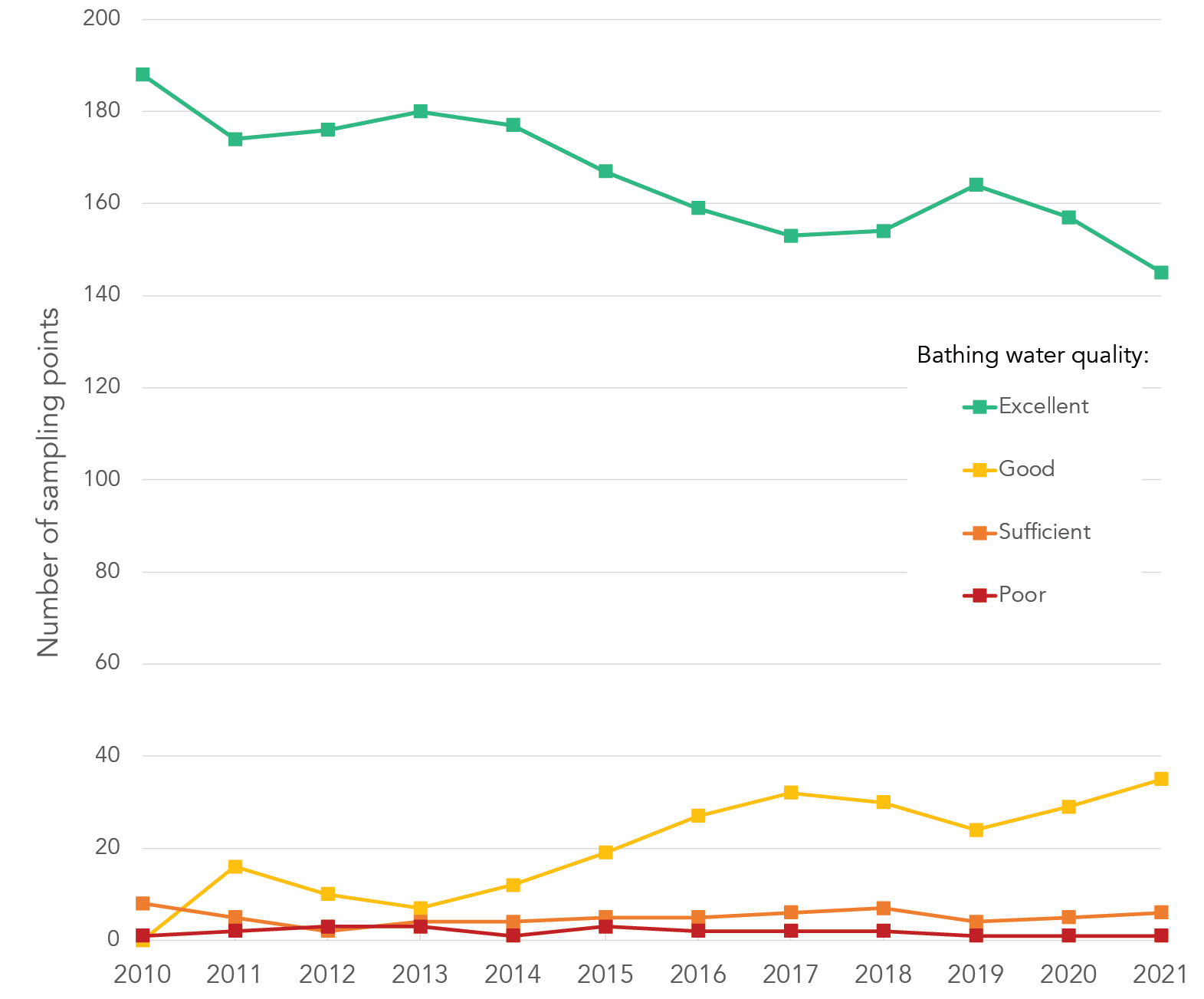
More people are using Menorca's beaches, even though fewer tourists are visiting the island.
Since 2001, OBSAM and the Island Council of Menorca have been tracking the number of users and recreational boats anchored on Menorca's beaches.
- In 2021, Menorca received 15% fewer tourists than in 2019 (pre-pandemic). Even so, the number of beach users continued to increase.
- In 2021, the highest number of users was reached: 31,805 people; 17% more than in 2019 (pre-pandemic).
- The optimal sand surface per user should be 10 m2on unspoilt beaches and 5 m2on urban beaches. The beaches with the least available surface area per bather (< 3 m2/user) are urban, unspoilt beaches with some kind of service: Binidalí, Cala Mitjana, Macarella, Tirant-Platges de Fornells, Sant Adeodat, and Son Xoriguer.
- Since 2010, the average load supported by Menorca's beaches has been above the optimum limit (> 100% load capacity).
- Data is needed on beach users on the rest of the Islands (Mallorca and Pitiusas).
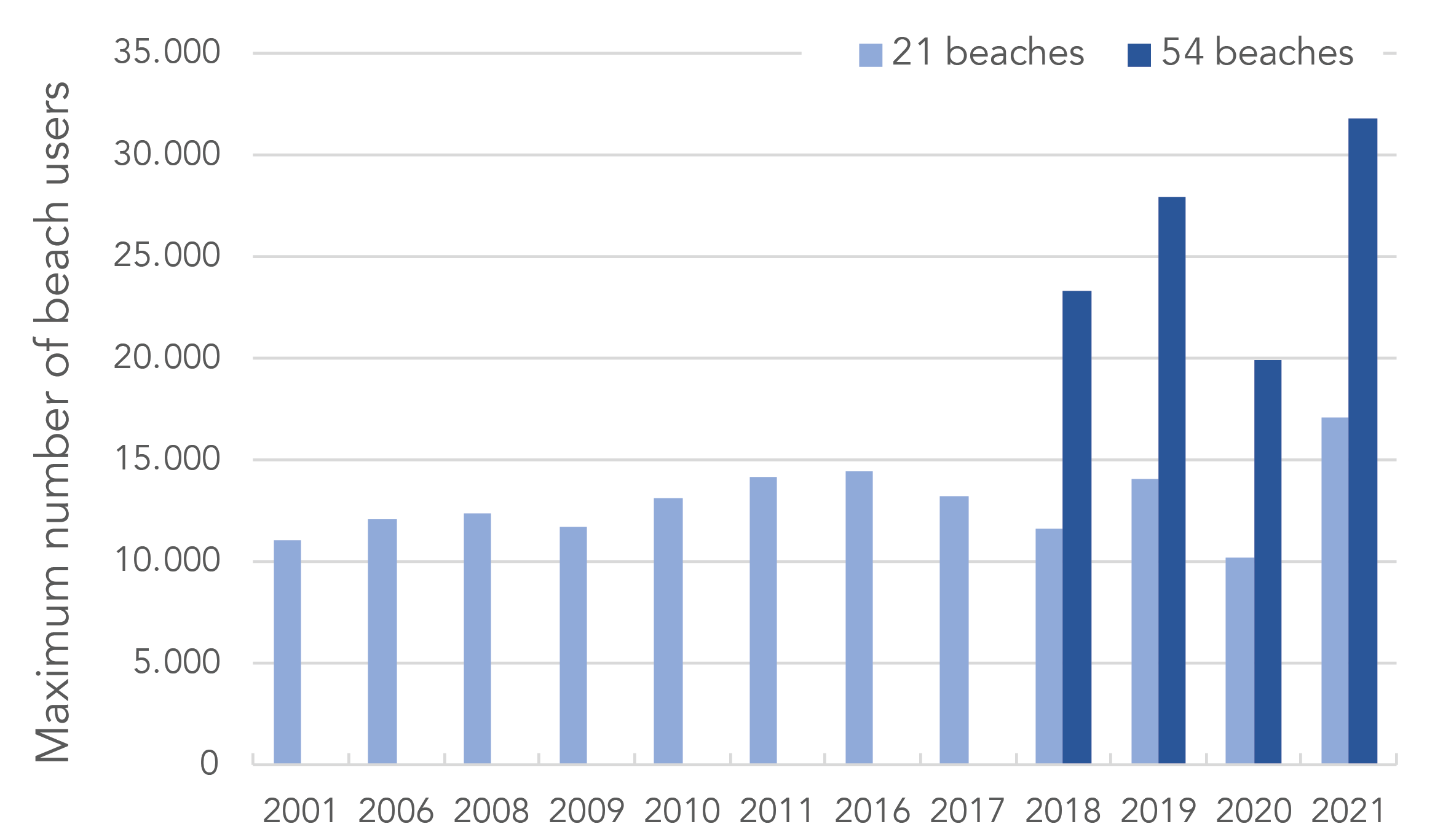
In 2021, the highest number of boats at anchor on Menorca's beaches in the last 20 years was recorded.
Recreational boaters prefer undeveloped beaches.
- The highest number of recreational boats recorded were at La Vall-Es Bot and Es Tancats, Son Saura-Bellavista, Santandria, and Macarella-Macarelleta.
- In 2021, 12 beaches registered > 40 boats, twice as many beaches as in 2020.
- The highest nautical load on the same day in 2021 was at La Vall-Es Bot and Es Tancats (141 boats), Son Saura-Bellavista (82), Santandria (82), and Macarella-Macarelleta (72).
The IMB is a collaborative project in which all the islands' marine research institutions and public and private entities participate. It gathers the best available information on the Balearic Sea to improve management efforts and detect information gaps in marine research. The project is in its third year. The first edition of the report (2020) was published on paper and presented to the Parliament of the Balearic Islands. The second edition (2021) was moved to digital format on the website www.informemarbalear.org where all the information is available to everyone. In this third edition, the ten chapters of the IMB will be updated throughout the year.
Contacts:
Natalia Barrientos (Researcher, Balearic Sea Report): +34 680 74 89 92 natalia.barrientos@marilles.org
Raquel Vaquer-Sunyer (Coordinator, Balearic Sea Report): +34 656 85 46 80 raquel.vaquer@marilles.org
Guillem Xavier Pons Buades (Expert in sedimentary evolution of beaches; UIB, SHNB): +34 971 172 846
guillemx.pons@uib.esFélix de Pablo (Biodiversity technician; Department of the Environment and Biosphere Reserve of the Consell Insular de Menorca; in charge of reports on users and anchoring on Menorca's beaches): +34 971 35 60 50 (Ext. 6537) felix.depablo@cime.es
Marilles in the media
- 28/10/2025 Ara Balears: "Milers de barques fermades a morts il·legals perjudiquen el fons marí"
- 19/06/2025 Última Hora: "Así es el alga invasora que buscan los científicos en Baleares"
- 22/03/2025 Eldiario.es: "Delfines desorientados y miles de años de posidonia arrasados: la náutica recreativa dispara la presión sobre el Mar Balear"

